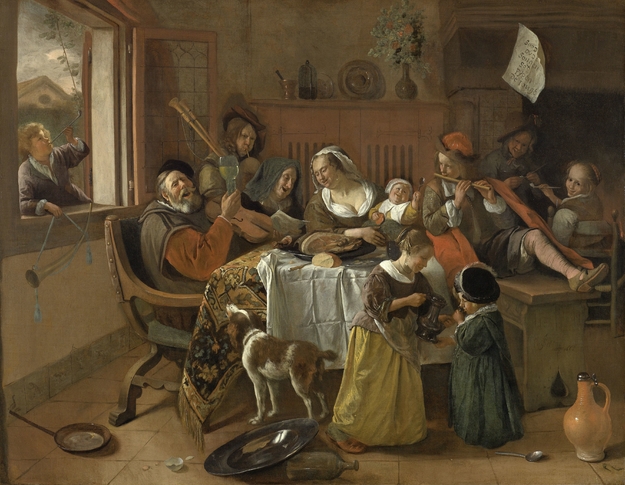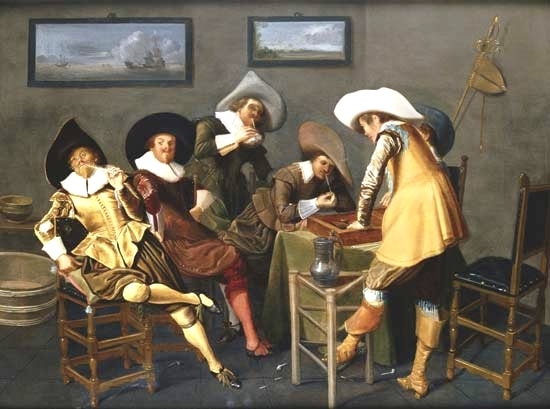The head notes in fragrances are very intense. They are strong and assertive but at the same time evaporate the quickest. In our perfume, these notes are of the people and of their daily activities. In other words, smells of the people may include personal odour as well as smells as a result of cooking, washing, excrement, and pets. In other words, in this part of the series, we focus on both the personal and the activity-related smell.
More often than not, the elites of Amsterdam masked their bodily odours with perfumes, but the working-class people of Oostenburg and Wittenburg did not have the same means for such practices. Therefore, the smell of unwashed bodies and excrement were incredibly common for most parts of the city. Canals functioned as open sewers, exuding a strong and overwhelming scent of feces and urine so much so that privies were equally engulfed in the cloud of medieval stench. But people were not necessarily complacent regarding the standard of hygiene. Many complaints about privies (sekreeten) were recorded and preserved in the notarial archives. One particular deed in the archives described a complaint made by two Portuguese merchants. The text accounts an unbearable stench from the privy of a neighbouring merchant. So overwhelming was the bad odour that they were forced out of their own home. In other milder instances, people tended to burn aromatic herbs to counter the stench of bodily waste. But on the other hand, when the VOC was given the Eastern isles to manage, they had put in place several amenities to keep their standard of hygiene relatively high. On the islands, the VOC installed several waterbasements on a large scale, a public toilet, and trashcans to make sure that the rotting odours were not encouraged. That said, the sanitation standard on the eastern islands must have been more manageable than in the city center in the 17th century.
Another smell you might pick up on the VOC-managed isles is the smell of tobacco. Near Oostenburgmiddenstraat, approximately, 619 pipes were found in the vicinity of two no-longer-extant tobacco shops. This proximity can be explained by the prohibition to smoke in public spaces. Instead, smokers were zoned by designated areas: mostly taverns and tobacco houses. It was also practice for people to smoke within their private homes. Largely, smoking was an indoors activity. And this precise indoor activity was included in a famous Dutch painting by Jan Steen in 1668, called 'Het vrolijke huisgezin'. The painting itself portrays a joyful domestic scene whereby the main characters are crowded around a dining table. The liveliness is amplified the boisterous facial expressions and gestures but three pertinent characters are those on the periphery. On the most right, we see a boy smoking by the windowsill; and two girls on the most right, holding smoking pipes. Although, it must be said that the painting was not meant as a representation of 17th century reality. Children were very unlikely encouraged to smoke. Instead, Steen wanted to exhort people, the painting’s main message is that children will habituate the bad behaviours of their parents. But apart from this message, it is an interesting inclusion of yet another smell wafting about the Oosterdok residential areas.

